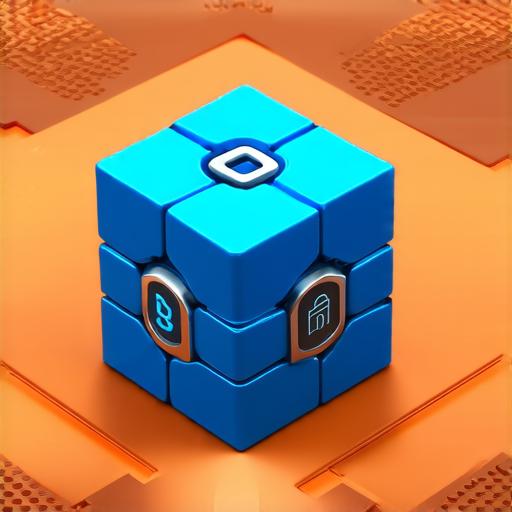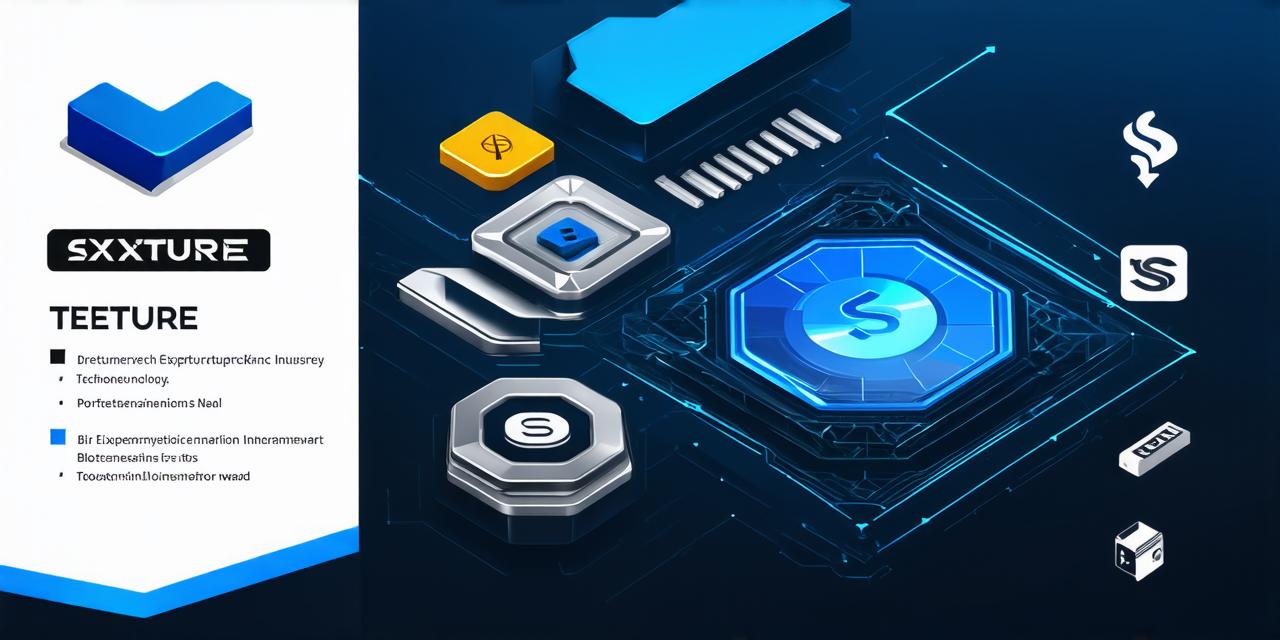The History of Block Reward
The concept of block reward can be traced back to the very beginning of Bitcoin, when Satoshi Nakamoto first designed the cryptocurrency. In 2009, the first block of bitcoins was mined by Nakamoto himself, and he rewarded himself with 50 bitcoins for his efforts. This amount would later be adjusted as the network grew and more transactions were processed.
Over time, the block reward has evolved to reflect changes in the technology and the needs of the community. For example, in 2013, the block reward was reduced from 50 bitcoins to 25 bitcoins per block, as a way to incentivize miners to invest in more advanced equipment and reduce energy consumption. In 2020, the block reward was further reduced to 6.25 bitcoins per block, which is where it currently stands.
The Purpose of Block Reward
The primary purpose of the block reward is to provide a financial incentive for miners to secure the network and process transactions. Miners are responsible for verifying and validating each transaction on the blockchain, as well as creating new bitcoins through a process called mining. In return for their efforts, they are rewarded with a certain amount of bitcoin per block that is verified.
How Block Reward Works
Block reward works by incentivizing miners to solve complex mathematical problems that are required to create new bitcoins. These problems are designed to be difficult and time-consuming to solve, but once a miner successfully completes the problem, they are rewarded with a certain amount of bitcoin per block that is verified.
To understand how block reward works, it is important to first understand the concept of mining. Mining involves using powerful computers to solve complex mathematical problems that are designed to verify and validate transactions on the blockchain. These problems are known as hash functions, and they require a significant amount of computational power to solve.
The Impact of Block Reward on Mining
Block reward has a significant impact on the mining process, as it determines how much financial incentive miners have to invest in more advanced equipment and secure the network. The higher the block reward, the more attractive it is for miners to participate in the network and secure transactions.
However, block reward also has its drawbacks. As the value of bitcoin increases, so does the competition for mining rewards. This competition can lead to a situation known as ASIC mining, where specialized hardware is used to solve hash functions at an unprecedented speed. ASIC mining is not only expensive, but it also consumes a significant amount of energy, which can be detrimental to the environment.

Case Studies in Block Reward
There are many real-life examples of how block reward has impacted the mining process and the wider adoption of cryptocurrency. One such example is the rise of Bitcoin mining pools, which allow miners to combine their computing power and resources to solve hash functions more quickly and efficiently. This has led to an increase in the speed at which new bitcoins are created and distributed within the network.
Another example is the emergence of alternative cryptocurrencies that have different block reward structures. For instance, Ethereum, a popular decentralized platform for building smart contracts, has a different block reward structure than Bitcoin. Ethereum’s block reward is currently set at 2 ETH per block (approximately $600), and it is expected to decrease over time as the network grows.
Real-Life Examples of Block Reward Impact
Block reward has had a significant impact on real-life applications of cryptocurrency. For example, the rise of block reward has led to an increase in the number of merchants and businesses that accept bitcoin as payment. This has allowed users to purchase goods and services using cryptocurrency, which has helped to promote wider adoption of the technology.
Additionally, block reward has been used to fund various charitable causes and humanitarian initiatives within the cryptocurrency community. For example, the Bitcoin Foundation has received donations from miners in the form of bitcoin, which have been used to support research and development within the industry.
FAQs
What is block reward in blockchain?
Block reward refers to the financial incentive that is provided to miners for securing the network and creating new bitcoins through a process called mining. It plays a crucial role in regulating the supply of bitcoin within the network, as well as providing a financial incentive for miners to invest in more advanced equipment.
How does block reward work?
Block reward works by incentivizing miners to solve complex mathematical problems that are required to create new bitcoins. These problems are designed to be difficult and time-consuming to solve, but once a miner successfully completes the problem, they are rewarded with a certain amount of bitcoin per block that is verified.
What is the purpose of block reward?
The primary purpose of the block reward is to provide a financial incentive for miners to secure the network and process transactions. It also helps to regulate the supply of bitcoin within the network, ensuring that there is enough bitcoin available to meet demand.
How does block reward impact mining?
Block reward has a significant impact on the mining process, as it determines how much financial incentive miners have to invest in more advanced equipment and secure the network. The higher the block reward, the more attractive it is for miners to participate in the network and secure transactions.
What are some real-life examples of block reward impact?
Block reward has had a significant impact on real-life applications of cryptocurrency, such as an increase in the number of merchants and businesses that accept bitcoin as payment, and funding various charitable causes and humanitarian initiatives within the cryptocurrency community.
